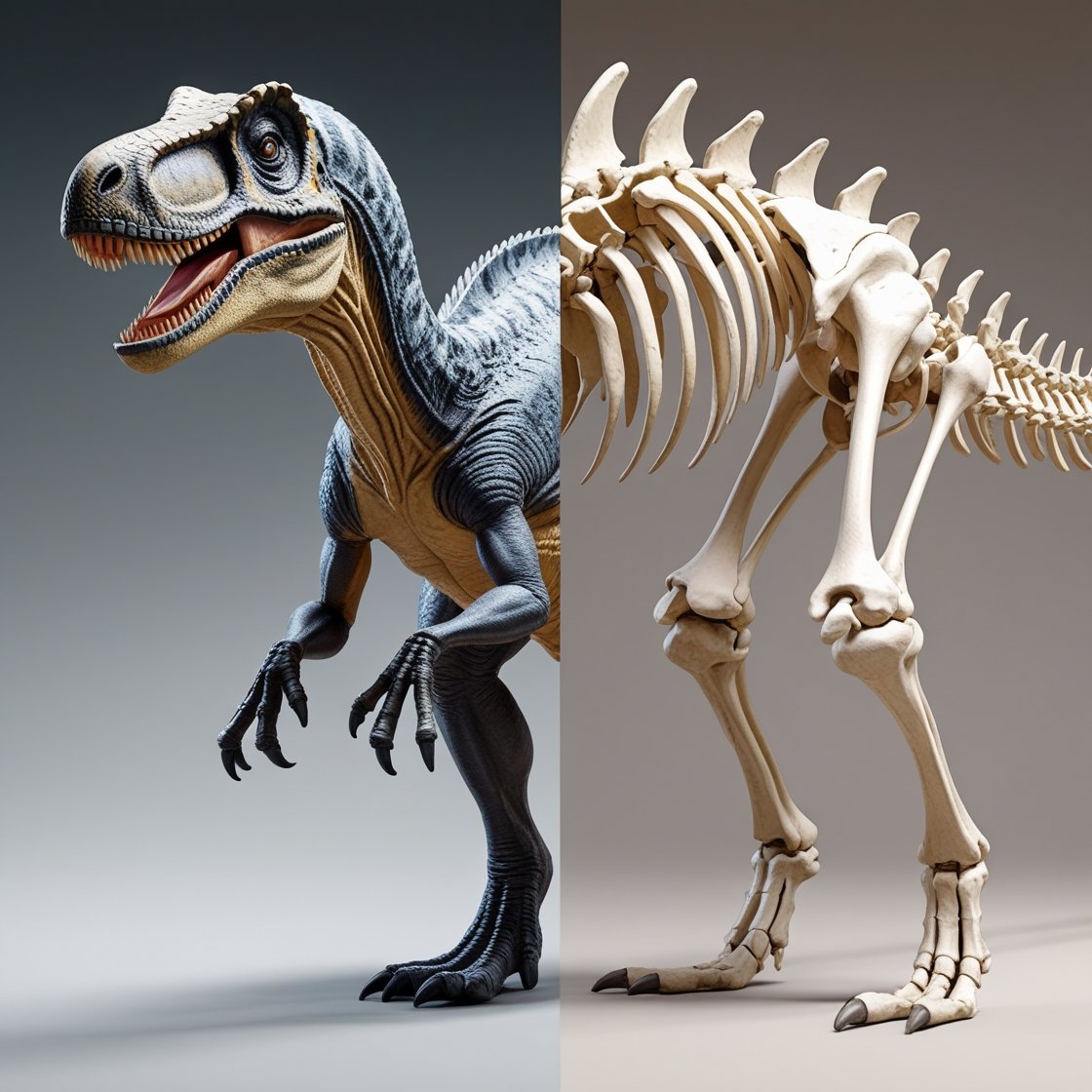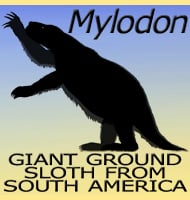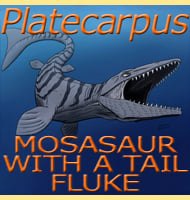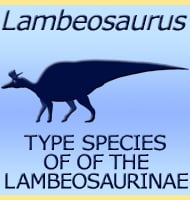Scientists have made a discovery that could change what we know about fossils. They found preserved collagen, a type of protein, inside a 70-million-year-old Edmontosaurus fossil. This challenges the idea that soft tissues can’t survive for millions of years.
Collagen is important because it gives structure to bones and tissues. Finding it in such an old fossil shows that some organic materials can last much longer than we thought.
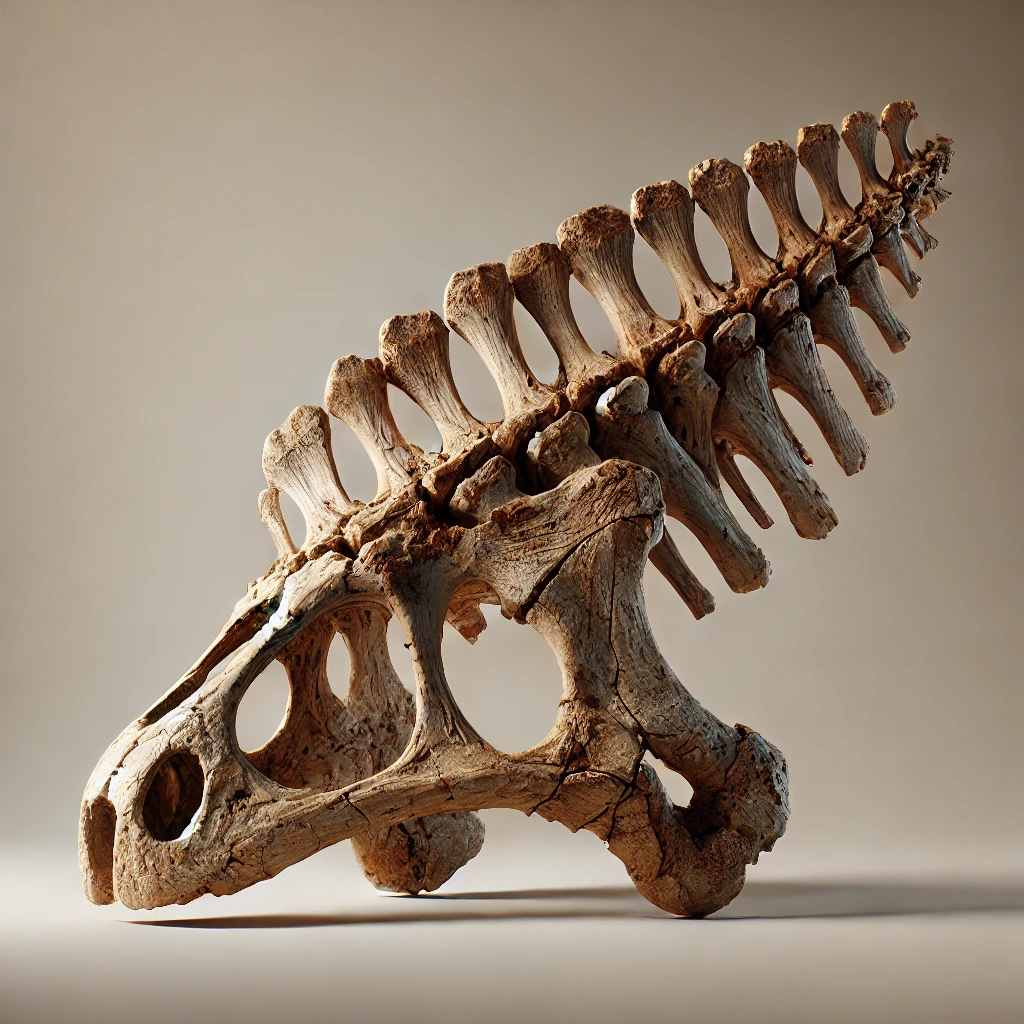
The fossil came from South Dakota. It was a sacrum bone, part of the dinosaur’s backbone. Researchers used special tools to confirm the collagen was real and not from modern contamination.
How Did They Find It?
First, they used cross-polarised light microscopy (XPol). This technique helps scientists see special light patterns, called birefringence, which happen when light passes through certain materials like collagen.
Next, they turned to liquid chromatography-mass spectrometry (LC-MS). This helped them find hydroxyproline, an amino acid mostly found in collagen. Its presence was a strong clue that the protein was still there.
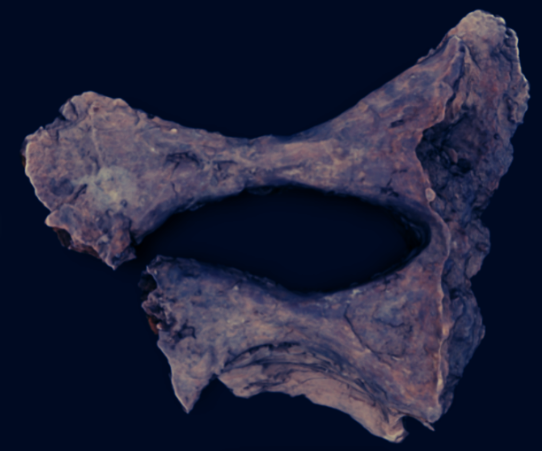
Finally, they used LC-MS/MS bottom-up proteomics to break down the proteins and identify specific collagen pieces. Some of these matched proteins found in other dinosaur fossils like Brachylophosaurus and Tyrannosaurus rex.
Is It Really Dinosaur Collagen?
To be sure, scientists compared the fossil samples with modern bones from a turkey and pure bovine collagen. The collagen in the dinosaur fossil was broken into fragments, which is normal after millions of years. This shows it wasn’t recent contamination.
They also created a method to measure how much hydroxyproline was left. This helped estimate the amount of collagen still in the bone.
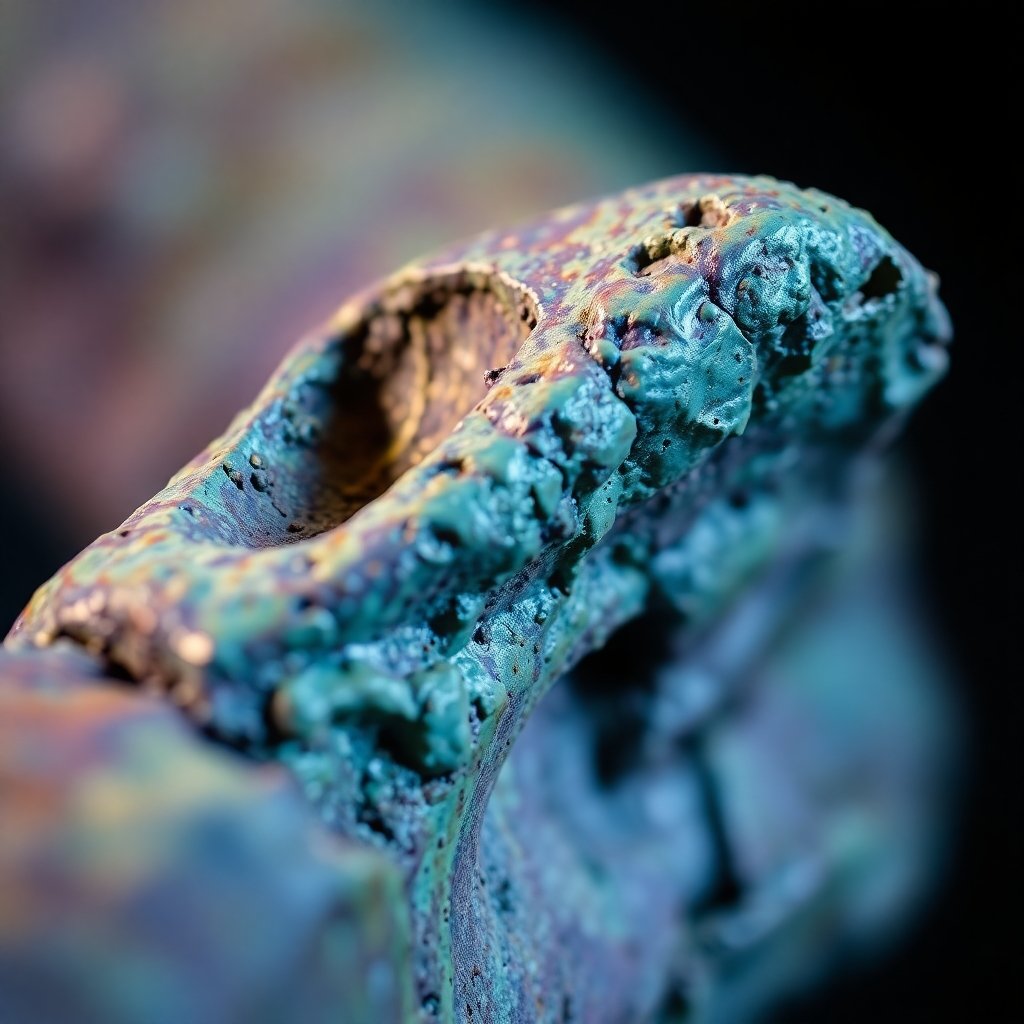
Why This Matters ?
This discovery is a big deal. It proves that some soft tissues can survive deep time, giving scientists a new way to study dinosaurs beyond just bones and fossils.
It could help us learn more about how dinosaurs lived, how their bodies worked, and even how they evolved over time.
Using multiple scientific methods made the results strong and reliable. It shows that with the right tools, we can find ancient materials that were once thought impossible to preserve.
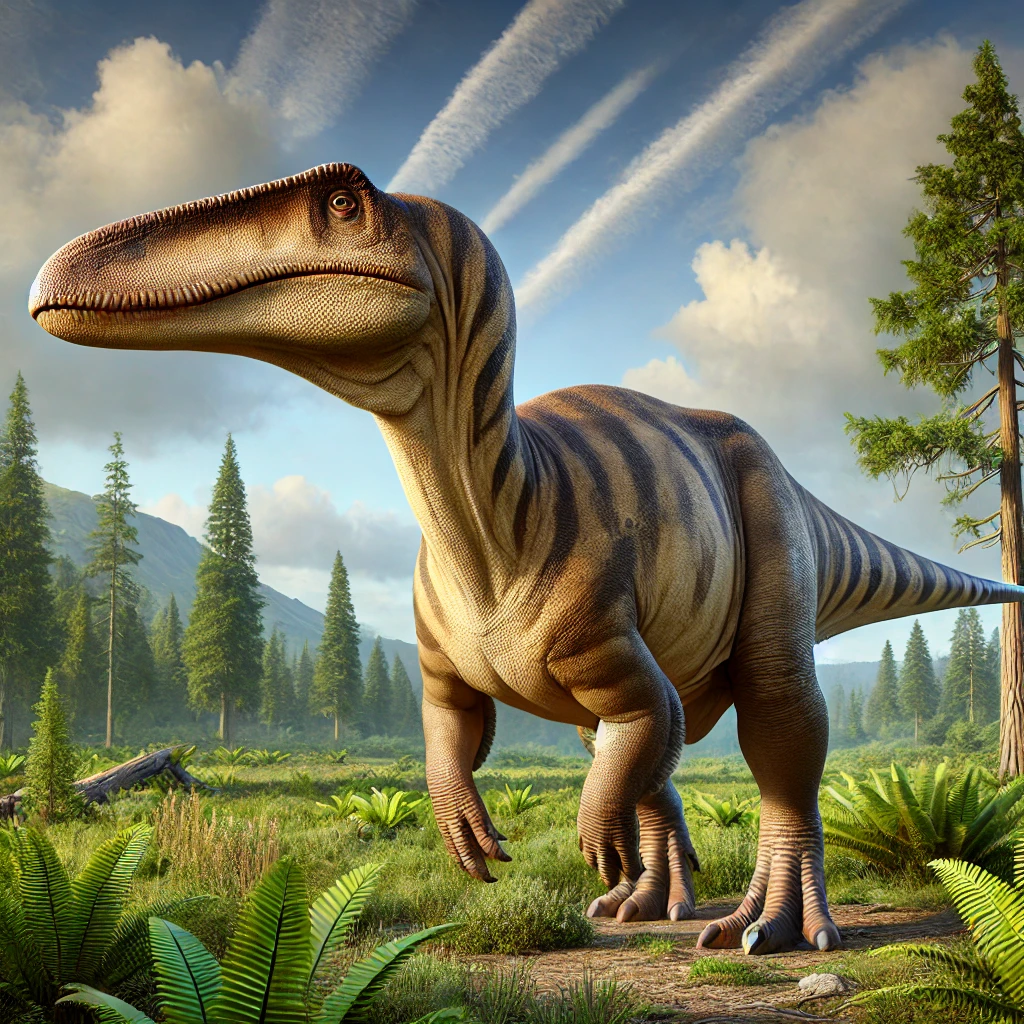
The team now plans to study other fossils to see if they can find more preserved proteins. This could lead to even more exciting discoveries about prehistoric life.
In the end, this work changes how we think about fossilisation. It opens new doors to understanding Earth’s distant past in ways we never imagined.
Read more Direct from the Research paper
